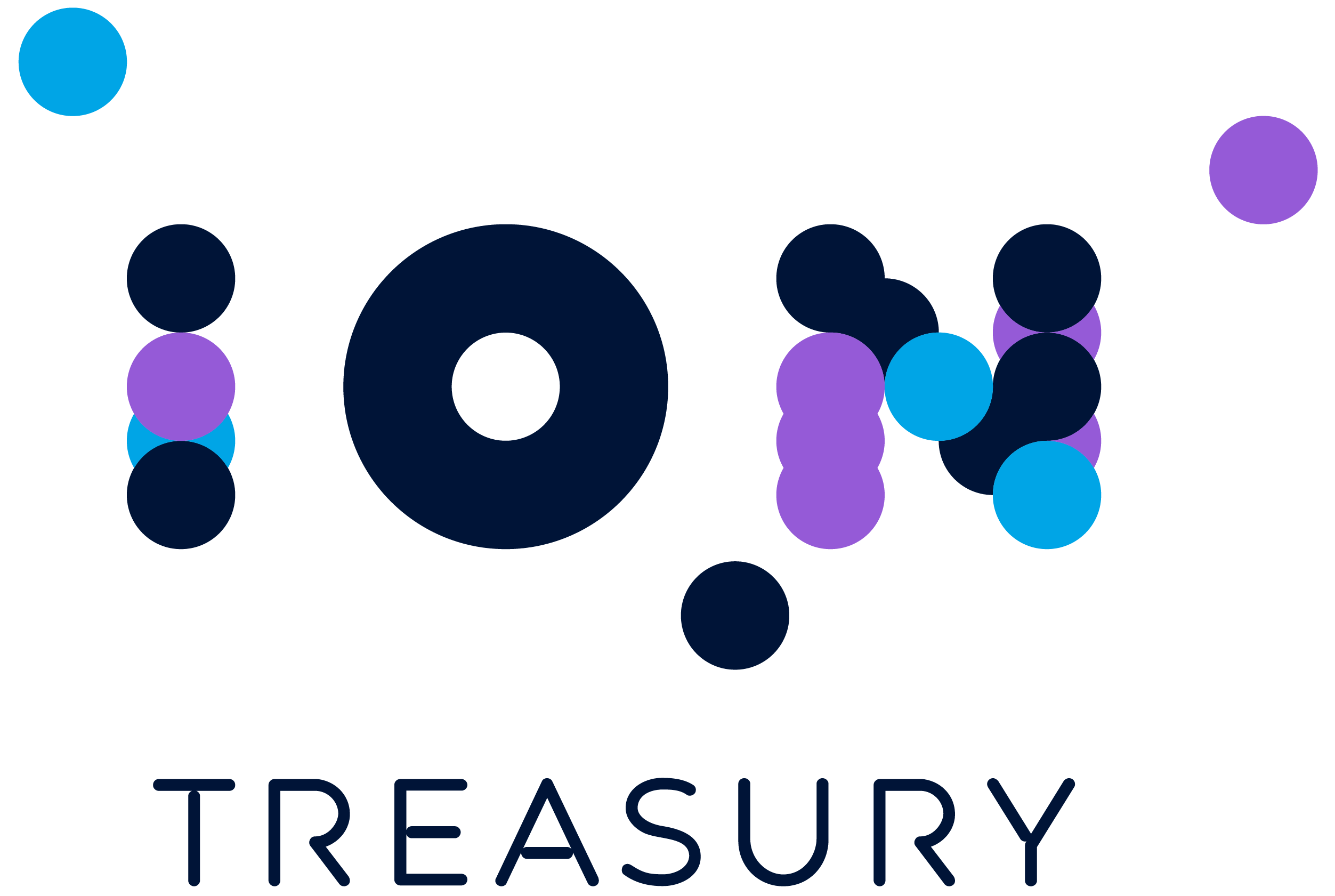Treasury real time cash visibility
What is treasury cash visibility?
Cash visibility refers to the ability to have a clear and comprehensive understanding of an organization’s cash position in (near) real-time. It involves having up-to-date and accurate information about the cash inflows and outflows, cash balances, and holistic liquidity status of the company’s financial accounts.
Cash visibility provides crucial insights into an organization’s financial status and health, enabling better decision-making related to cash management, investments, debt management, and strategic planning. It allows businesses to monitor and analyze their cash flow, identify any cash shortages or spillovers, and take appropriate actions to optimize cash utilization and meet financial obligations at any point in time.
What is the purpose of cash visibility?
Cash visibility covers various aspects such as:
Cash balances
This involves monitoring and tracking the cash balances across different accounts, such as bank accounts, cash management systems, and investment accounts. This includes tracking both, physical cash and cash equivalents.
Cash inflows and outflows
This involves capturing and categorizing all cash inflows and outflows in (near) real-time. This includes monitoring cash received from sales, customer payments, investments, loans, and other sources, as well as tracking cash payments for expenses, investments, debt repayment, and other financial obligations.
Cash forecasting
Cash visibility also involves projecting future cash flows based on historical data (manual or AI-based predictions), financial projections, and anticipated business activities. Cash forecasting helps organizations predict cash shortages or excesses, plan for working capital needs, and make informed decisions about cash management strategies to take appropriate actions.
Cash position analysis
Cash visibility enables businesses to analyze their cash position and liquidity status at any given point of time. This includes assessing available cash reserves, short-term liquidity needs, and the ability to meet financial obligations, such as vendor payments, payroll, and debt repayments.
Reporting and analytics
Cash visibility involves generating reports and analytics to provide insights into cash flow patterns, trends, and key performance indicators (KPIs). This allows organizations to monitor cash performance, identify areas of improvement, and make data-driven decisions to optimize cash management practices.
Integration with financial systems
Achieving cash visibility often requires integrating and consolidating data from various financial systems, such as accounting software, banking platforms, payment processors, and treasury management systems. Integrating these systems enables a unified view of cash positions across an organization (cross-holdings and subsidiaries).
Having cash visibility is crucial for effective cash management, risk mitigation, and strategic financial planning. It facilitates and empowers organizations to proactively manage their cash flow, optimize working capital, make informed investment decisions, and ensure financial stability and sustainability. The overall complexity with having multiple systems involved demands businesses automate the process to get a real-time view of cash visibility.
Common challenges in treasury real-time cash visibility
Treasury real-time cash visibility refers to the ability to have up-to-date and accurate information available about the cash position of an organization at any given moment. While it provides valuable insights for financial decision-making, there achieving real-time cash visibility can be challenging, for several reasons:
Data integration
Organizations often have financial data spread across various systems, such as banking systems, accounting software, payment processors, and treasury management systems. Integrating and consolidating data from these spread sources in real-time can be challenging, especially if the systems use different data formats or protocols over different locations and time zones.
Data accuracy and timeliness
Real-time cash visibility relies on the accuracy and timeliness of data. Delays in data synchronization or inaccuracies in financial transactions can lead to discrepancies and incorrect, misleading, cash visibility. Ensuring data integrity and implementing effective data validation and reconciliation processes are substantial.
Data security and privacy
Real-time cash visibility involves accessing and processing sensitive financial data. Maintaining data security, protecting against unauthorized access or breaches, and ensuring compliance with data privacy regulations add an extra layer of complexity.
Data volume and scalability
Organizations with high transaction volumes may face challenges in processing and analyzing large amounts of data in real-time. Implementing scalable infrastructure and optimizing data processing pipelines become important to handle the volume of data without losing performance dramatically.
System integration and connectivity
Real-time cash visibility requires seamless integration with external systems, such as banking platforms and financial service providers. Ensuring reliable connectivity and compatibility between systems, especially when dealing with different formats, protocols, and APIs, is a challenge.
Data standardization and normalization
Financial data often comes in different formats and structures and even currencies (SWIFT MT, several ISO MX standards, and others such as EDI, BAI, DTA, TWIST, SAP, or even other proprietary local formats). Standardizing and normalizing data from different sources and locations to create a unified view of cash positions requires a full understanding of all the formats, data transformation, and mapping logics. Ensuring consistency and accuracy during data normalization is challenging, especially while message formats evolve and change over time.
Real-time data processing
Real-time cash visibility requires processing financial data as it is generated or received. Implementing efficient data-processing pipelines, employing technologies like stream processing or event-driven architectures, and minimizing processing latency become important to achieve real-time insights. Processing priorities may differ from use case to use case, whereas statement processing can be seen as less critical than, for example, payment-acknowledgment processing.
Stakeholder collaboration and adoption
Real-time cash visibility involves collaboration between various stakeholders, including finance teams, treasury departments, and IT teams. Ensuring buy-in from different teams, aligning processes, and providing training and support for adoption of real-time cash visibility tools and technologies are crucial challenges.
Data governance and compliance
Real-time cash visibility needs to comply with financial regulations, industry standards, and internal governance policies, depending on global or domestic legal rules. Ensuring compliance with regulations like International Financial Reporting Standards (IFRS), Basel III, or Sarbanes-Oxley Act (SOX) and implementing proper data governance practices become very challenging.
Change management and cultural shift
Implementing real-time cash visibility may require a cultural shift within an organization, embracing new technologies, and changing existing processes. Overcoming resistance to change, fostering a data-driven culture, and ensuring a smooth transition and adoption of real-time cash visibility can be challenging.
Addressing all these challenges requires a combination of technology, process definition and improvement, data management, and collaboration among different teams and stakeholders. It often involves adopting modern financial technology solutions, data integration platforms, and leveraging best practices in data governance and security while still complying with several policies mentioned above.

Don't miss out
Subscribe to our blog to stay up to date on industry trends and technology innovations.



